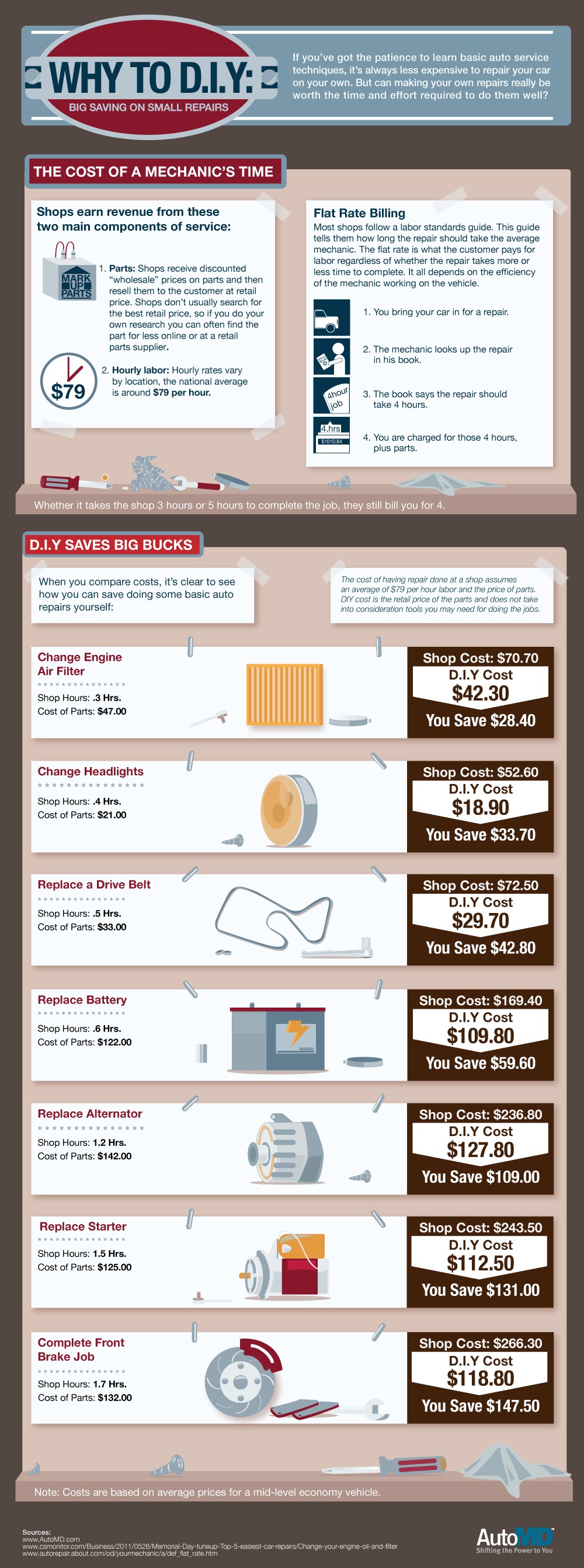Fascinated In Recognizing The Warning Lights On Your Vehicle'S Control Panel? Discover Their Value For Your Automobile'S Safety And Overall Condition
Fascinated In Recognizing The Warning Lights On Your Vehicle'S Control Panel? Discover Their Value For Your Automobile'S Safety And Overall Condition
Blog Article
Article By-Boye Torres
When you're behind the wheel, those radiant warning lights on your control panel can be a bit perplexing. Do https://brakecheck73840.blogproducer.com/38900373/the-benefit-of-mobile-car-detailing-changes-your-automobile-s-look-but-is-it-as-efficient-as-traditional-approaches-discover-the-reality-behind-this-service understand what they're trying to inform you about your cars and truck's health? Comprehending the value of these lights is vital for your safety and the longevity of your lorry. So, the next time one of those lights appears, would not you wish to decipher its message precisely and take the needed actions to address it?
Common Caution Lights and Interpretations
Identify typical warning lights in your vehicle and comprehend their meanings to guarantee risk-free driving.
interior vehicle cleaning of the most typical warning lights include the check engine light, which signals problems with the engine or exhausts system. If this light begins, it's crucial to have your vehicle checked promptly.
The oil stress cautioning light indicates reduced oil pressure, calling for instant attention to prevent engine damages.
A flashing battery light could recommend a malfunctioning billing system, potentially leaving you stranded if not attended to.
The tire pressure monitoring system (TPMS) light alerts you to low tire pressure, influencing car security and fuel efficiency. Overlooking this could bring about unsafe driving conditions.
https://www.abc57.com/news/cutting-corners-on-car-maintenance-could-cost-you-more indicates an issue with the anti-lock braking system, compromising your capability to stop promptly in emergency situations.
Lastly, the coolant temperature cautioning light warns of engine overheating, which can lead to severe damage otherwise resolved promptly.
Understanding these typical caution lights will assist you deal with concerns immediately and keep safe driving conditions.
Significance of Prompt Focus
Comprehending the typical caution lights in your cars and truck is just the very first step; the value of without delay dealing with these cautions can't be emphasized sufficient to guarantee your safety on the road.
When a caution light illuminates on your control panel, it's your car's method of connecting a prospective issue that requires interest. Ignoring these cautions can bring about more extreme problems down the road, jeopardizing your security and possibly costing you a lot more in repairs.
Trigger attention to cautioning lights can stop breakdowns and accidents. For instance, a flashing check engine light can suggest a misfire that, if left ignored, can create damages to the catalytic converter. Resolving this immediately can conserve you from a costly repair service.
Likewise, a brake system alerting light might indicate low brake liquid or used brake pads, important elements for your safety and security when driving.
Do It Yourself Troubleshooting Tips
If you discover a warning light on your dashboard, there are a few DIY fixing pointers you can try before looking for expert assistance.
The first step is to consult your car's manual to understand what the specific caution light shows. In some cases the issue can be as basic as a loose gas cap setting off the check engine light. Tightening the gas cap may settle the issue.
An additional common issue is a low battery, which can set off numerous warning lights. Checking the battery connections for corrosion and guaranteeing they're secure could deal with the problem.
If a warning light lingers, you can attempt resetting it by separating the vehicle's battery for a couple of minutes and then reconnecting it. In addition, checking your vehicle's fluid degrees, such as oil, coolant, and brake liquid, can help fix cautioning lights associated with these systems.
Verdict
To conclude, recognizing your automobile's warning lights is important for maintaining your vehicle running smoothly and securely. By quickly dealing with these informs and recognizing what they indicate, you can prevent pricey repairs and prospective break downs.
Bear in mind to consult your auto's guidebook for certain details on each cautioning light and take action appropriately to make sure a hassle-free driving experience.
Keep educated, stay safe when traveling!
